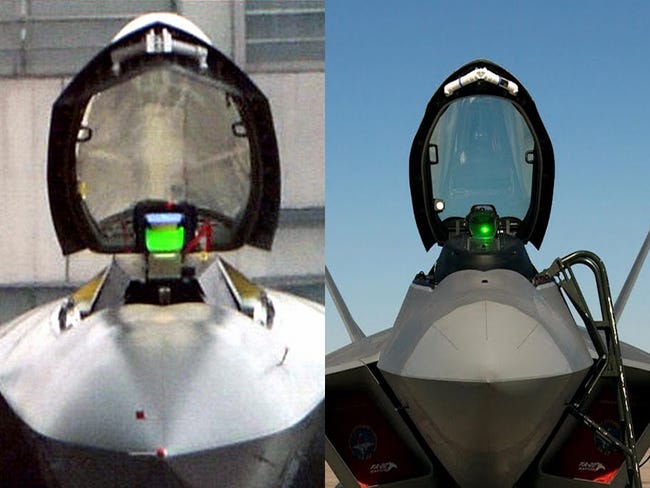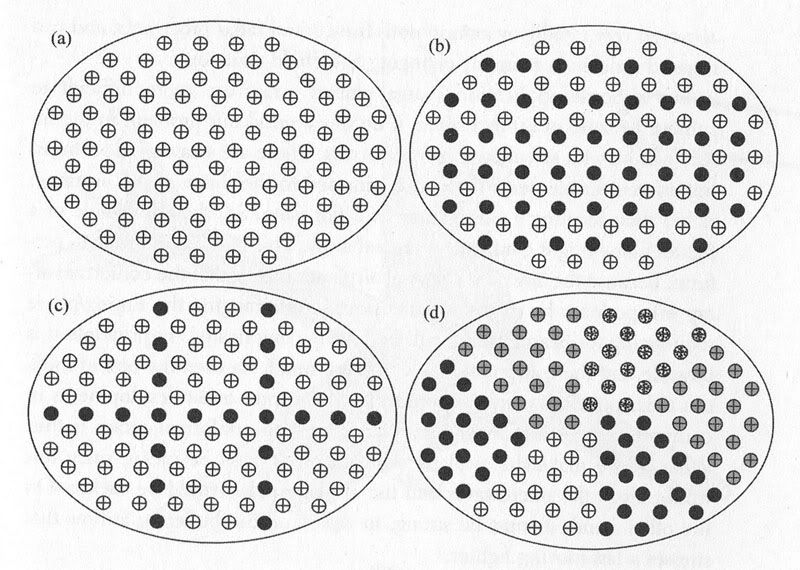What do you think about the J-20's cockpit and canopy design? Do you think it's similar to the F-22's if so in what way?
What do you think led the Chinese aeronautical engineers to choose this cockpit and canopy design for J-20?
The Chinese did not clone, but pretty much copied all the major functions, and incorporated into the J-20 as part of the overall RCS control methods. We do not have precise measurements of canopy rise, arcs, density, materials, transparency (clarity) measurements, etc. But let us be real here...
Technically speaking, the F-16 have a true 'bubble canopy', while all others, including the F-15 and F-22, have hybrids of being 'frameless' and 'bubble'. I got that straight from a General Dynamics tech rep back in 1987. A true bubble canopy is more difficult to manufacture than hybrids.
A major copy from the F-22 is the forward fuselage shape...
The F-22's forward fuselage is shaped that way for precise combination of aerodynamics and RCS control demands.
A cone under radar bombardment exhibit unique RCS signatures that rises in intensity from the broad quarter towards the tip. Here is where the 10-lambda (wavelength) rule applies.
If the diameter is larger than 10 wavelengths, then there will be no creeping wave effect. The creeping wave behavior is when the surface wave travels completely around the diameter (sphere or cylinder) and return to source direction on the other side. If the diameter is less than 10 wavelengths, then the creeping wave behavior will occur.
A cone is slightly different in that the diameter decreases in a gradual manner, which increases RCS intensity.
The F-15's forward fuselage section, which includes the radome, is quite cylindrical. While the fuselage itself is greater than 10-lambda and is immune from the creeping wave behavior, the radome itself is not. The F-15's and F-16's radomes will exhibit those unique RCS signatures common to the cone. The SR-71's forward fuselage section is quite angular, which results in direct reflections more than surface waves.
Put them together and we have the F-22's forward fuselage shape the way it is. The ridges on both sides are surface discontinuities or radiators designed to 'leap' off any surface wave behaviors into free space, and this will be on the opposite or 'shadow' side of the seeking radar's position.
Basically, any radar angle approach on the forward fuselage section will deny the seeking radar that unique conical RCS signature common to previous generations. There is
NOTHING on the F-22 and F-35 that is omitted from precise analyses regarding RCS contributorship and the Chinese know this.









